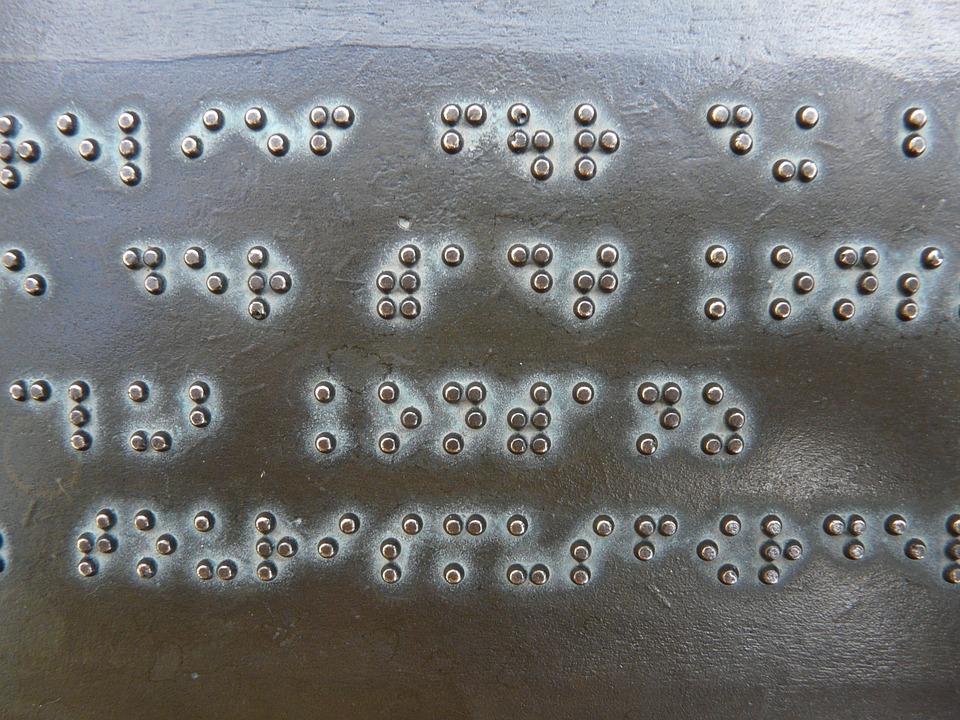A newly published data from USC shows how the design of a stem-cell derived implant improved vision for individuals suffering from age-related macular degeneration. The design of the implant enables it to be easily inserted into the eye without requiring long-term immunosuppressants.
Meanwhile, in scientific communities, there is a debate if stem cells obtained from a different, unrelated person would survive in the retina without long-term immunosuppression.
For example, for kidney transplant, long-term immunosuppression would be required to prevent long-term organ rejection. The study indicates the cells on the retinal implant can survive up to two years without requiring long-term immunosuppression.
The finding published in Stem Cell Reports appears during the phase 1/2 clearing of a FDA study designed to evaluate the safety of CPCB-RPE1 implant. Categorically, the bioengineered implant is explained as a scaffold implanted under the retina consisting of retinal pigmented epithelial cells obtained from stem cells.
Meanwhile, to improve the success rate of the adoption of the implant by the body, physicians involved in the trial only used low dose immunosuppression drugs immediately before and shortly after he implantation.
Despite not using immunosuppression in the long term, the team of physicians did not find any clinical signs of rejection of implant made of mismatched donor cells. The implant was further analyzed of a deceased participant of the study from unrelated causes after two years of implantation.
This led the team of researchers to find the implant can survive and function in an environment of degenerative disease.
Furthermore, the findings show the implant can improve visibility in some patients who were legally blind before treatment, and that the cells on the implant stay alive and remain functional for at least two years despite not matching with that of the patient.


